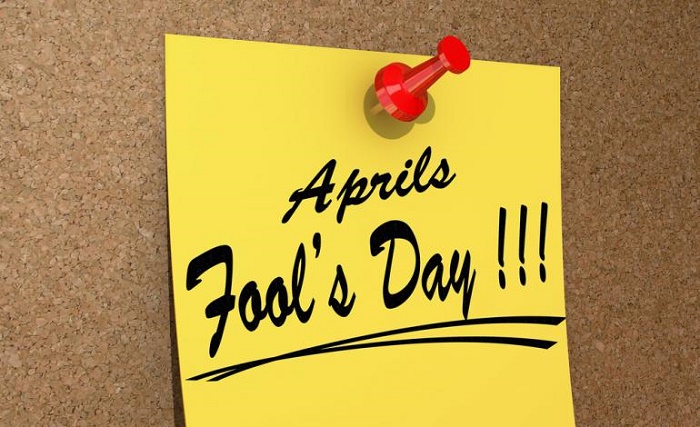Well, unfortunately the joke’s on us because while we spend days plotting how to trick our colleagues, friends and family, nobody really knows why we actually do so.
What we do know is that the tradition dates back hundreds of years, and everyone celebrates the day by generally being a bit of a d*ck to your friends and family.
Here are some of the theories as to how April Fools’ Day began.
It started as a French calendar error
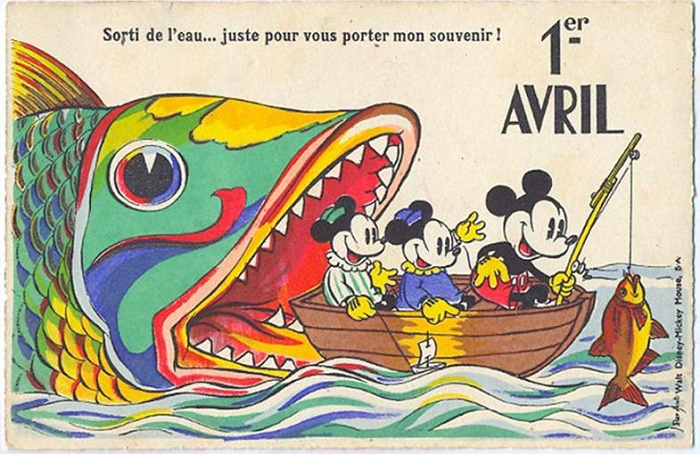
Back in 1582, France switched from the Julian calendar to the Gregorian calendar causing New Year’s Day to move from April 1st to January 1. This was decreed by Pope Gregory XIII fopr all European countries.
Some believe the tradition of April Fools Day began when people continued to ring in the New Year on April 1st because they hadn’t heard about the calendar change.
These fools were laughed at by others and had tricks playing on them including paper ‘Poisson d’Avril’ (April Fish) fish stuck to their backs, symbolising being gullible like young, easily caught fish. This tradition is still observed in Frances, Belgium and French-speaking areas of Switzerland and Canada.
Mother Nature fooling us with horrible weather

Others believe April Fools’ Day is actually linked to the Spring Equinox, marked on March 20 this year, when mother nature unleashes unpredictable weather on everyone.
You might be fooled into thinking winter has ended, but don’t put away those winter woollies just yet because spring can be just as cold.
People wearing disguises for the Hilaria festival
Historians have also linked the Roman festival of Hilaria to April Fools’ Day, due to people dressing in disguises during celebrations to celebrate the resurrection of the Roman God Attis.
Hilaria – also known as Roman Laughing Day – is marked on March 25 but people would continue dressing up after that until April 1 hence the link.
Other festivals have also been linked to April Fools Day including India’s Holi festival and the Sizdahbedar in Persian culture where Iranians play pranks on one another.
Chaucer linked April 1st with fools in The Canterbury Tales in 1392

In the Nun’s Priest’s Tale Geoffrey Chaucer talks about the vain cock Chauntecleer being tricked by a fox.
The date of this happening is believed to be April 1st, with his date of ‘Syn March bigan thritty dayes and two’ thought to refer to March 32 – AKA April 1.
Either way, it was the English who made it an annual celebration
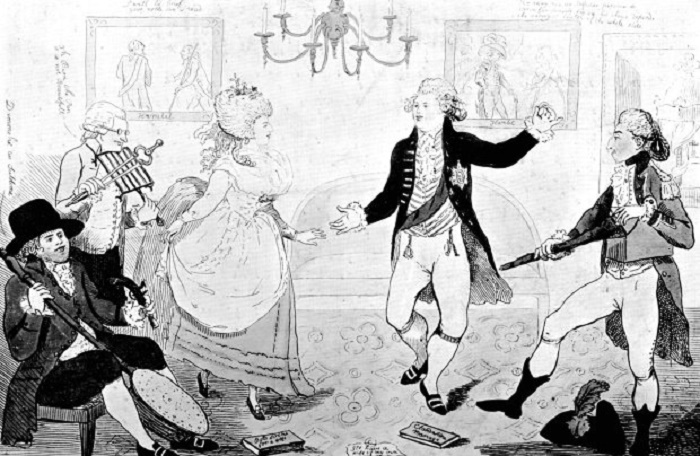
English pranksters started playing practical jokes on one another on April 1st from at least 1700.
Anyone who is successfully fooled before midday is known as a ‘noodle’, ‘gob’, gobby’ or ‘noddy’ while anyone doing the fooling after midday is considered a fool themselves.
The Scots celebrate Huntigowk Day
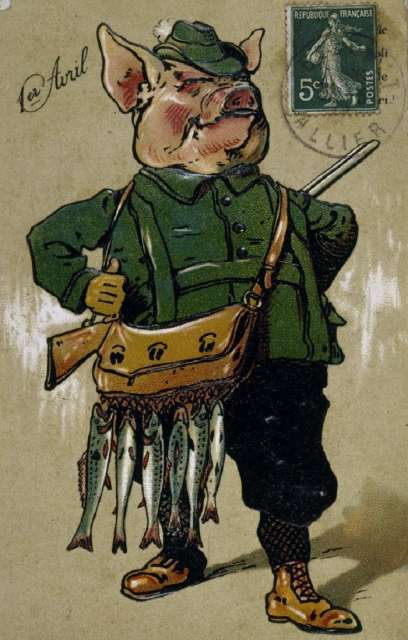
Confused? Well a ‘gowk’ is said to be a cuckoo or foolish person and traditionally Scots send this fool a sealed letter to be delivered. When they complete this, the letter tells the recipient: ‘Dinna laugh, dinna smile. Hunt the gowk another mile’. And the recipient is meant to send the poor messenger somewhere else under the guise of trying to help someone.
Irish send the fool on a fool’s errand too
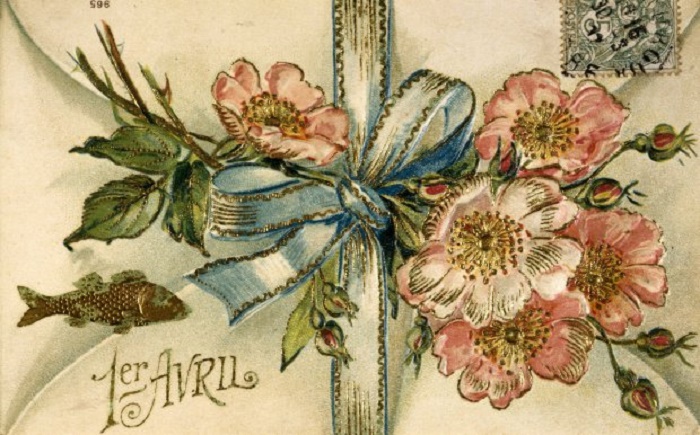
The fool is given an important letter to deliver to a named recipient, the recipient then sends him on to someone else with the letter reading ‘send the fool further’.








